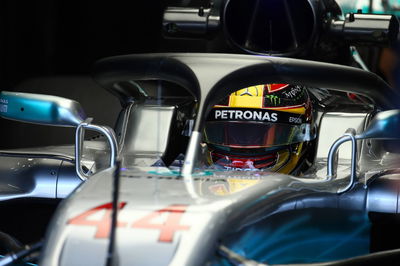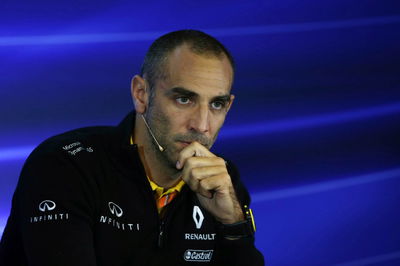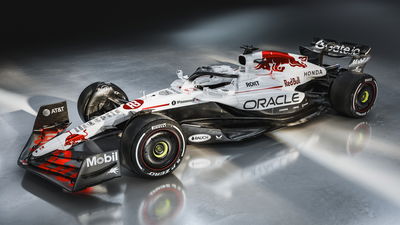F1 Halo required to withstand “London bus” weight
Mercedes technical director James Allison says the Halo Formula 1 cockpit protection system needs to be strong enough to withstand the weight of a London double decker bus.

Mercedes technical director James Allison says the Halo Formula 1 cockpit protection system needs to be strong enough to withstand the weight of a London double decker bus.
The controversial cockpit safety device, which will be mandatory on all F1 cars for the 2018 season, has posed a tricky task for teams in terms of efficient installation of the design into an F1 car’s aerodynamic configuration without hurting its overall balance and speed, while Williams chief technical officer Paddy Lowe recently warned that the increased weight of the Halo is proving to be the biggest headache for teams.
In a video posted on social media by Mercedes, Allison admitted adopting the Halo onto the reigning world champions' 2018 challenger had been “a significant challenge”.
“This is not a light piece of work, it is several kilos of titanium that needs to be put in the car,” he explained. “There are changes that we needed to do to accommodate it to ensure the overall car would still stay below the weight limit.
"It's also not light because it takes really high loads. We had to strengthen the design of the chassis so it would be able to take roughly the weight of a London double decker bus sitting on top of the halo. We needed to make sure it would be strong enough to withstand the type of event it was designed to protect the driver against.”
Halo’s introduction for the upcoming season has received a backlash of criticism for its lack of aesthetic appeal, but Allison expects the look of the cockpit protection system to improve dramatically in the future as teams evolve the design in the pursuit of minimising negative aerodynamic affects.
"This round tube is quite bad aerodynamically so we're all permitted to modify the halo in a way which will be individual for each team. We’re permitted to fit an aerodynamic fairing around it, which gives us a certain amount of scope to mitigate the effect it has on the aerodynamics of the car.
"What we're aiming to do is ensure the wake of the halo does not affect the smooth running and performance of the engine so we make sure the wake of the halo does not get ingested by the engine. We also make sure it is designed so that it doesn't damage the behaviour of the rear wing.
"This is the first generation head protection that goes up, over and around the driver's head. But it won't be the last. Nothing in F1 stands still for long. We will all be taking this first go and trying to improve it, trying to make sure the safety gets better but also the aesthetics.
“It's bit of an acquired taste and we're still busy acquiring it and everyone else too but I'm sure there are things we can do in coming seasons to make it also look nicer. The imperative to look after the driver safety and our clear desire to give us cars that are going to set the pulse racing aesthetically will see us continue to develop this concept in the seasons to come."












